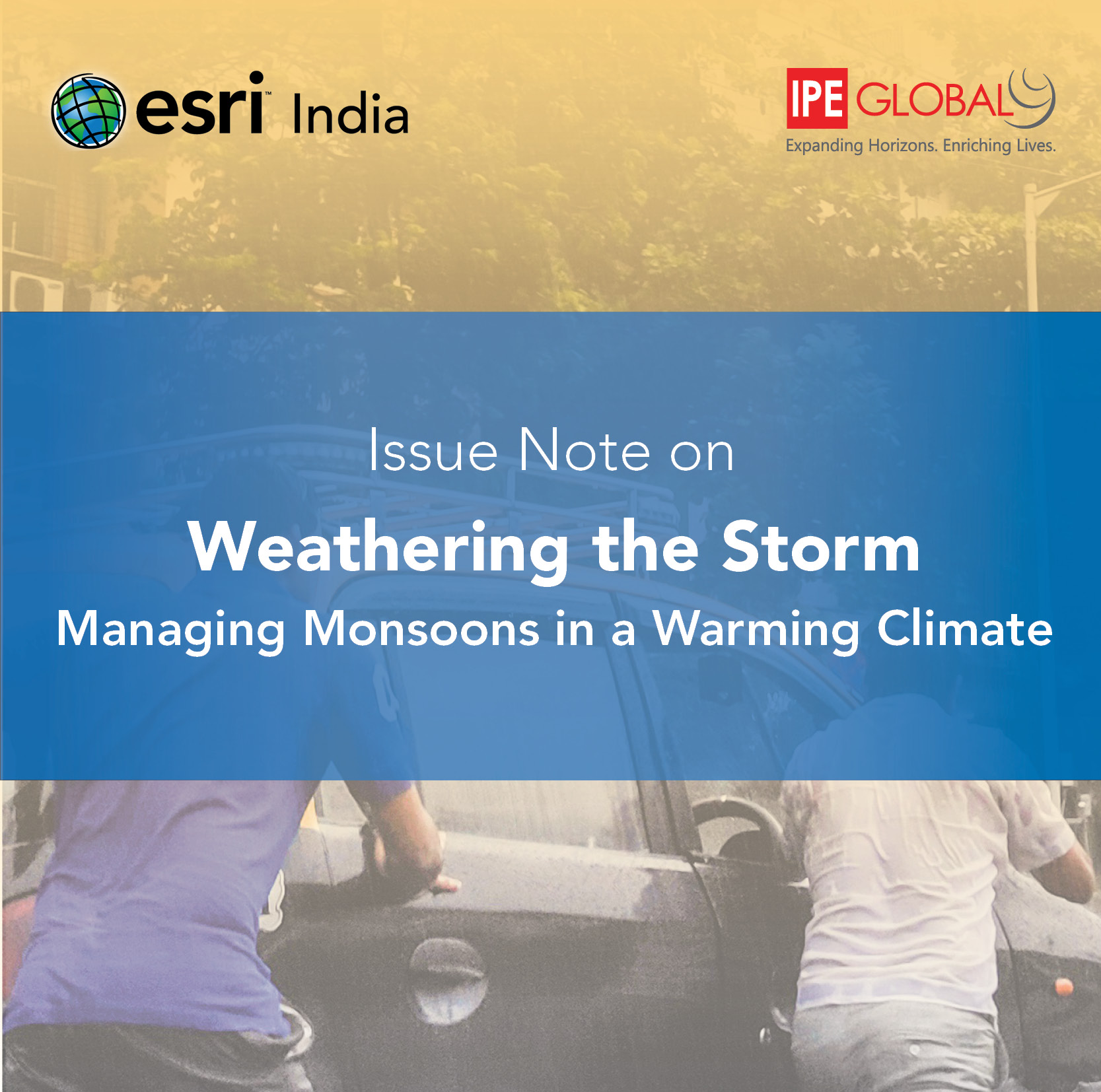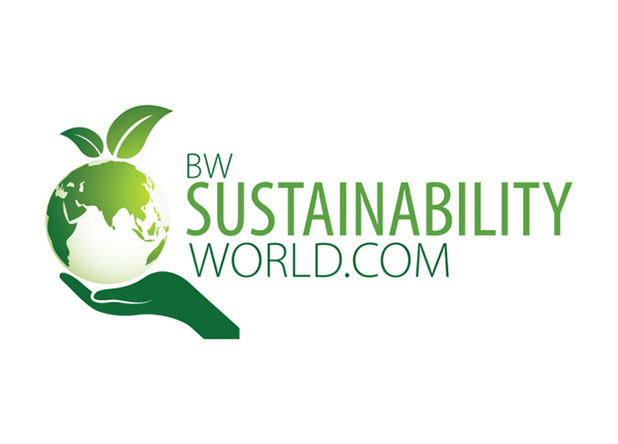
Sustainable Development Goal 2 (SDG-2) aims to combat malnutrition worldwide by 2030, focusing on addressing the nutrition needs of adolescents, and pregnant and lactating women. However, this goal faces significant challenges, as half of the undernourished child population is concentrated in low-middle-income countries. To achieve meaningful progress in child nutrition, it is essential to understand the various factors contributing to malnutrition. The World Health Organization (WHO) identifies wasting (weight of children according to their height) and stunting (height of children according to their age) as critical indicators for assessing the nutritional status of children.
Current Policy Framework To Tackle Malnutrition
Considering India’s commitment to SDG-2, September is celebrated as a “POSHAN Maah” countrywide. It is an annual initiative aimed at raising awareness about the importance of nutrition and promoting nutrition-related activities throughout the country. India’s nutritional policy encompasses both preventive and curative aspects. While these policies are well-intentioned and have made significant strides, there is still room to strengthen preventive efforts to tackle the problem of malnutrition (8 per cent increase in anemic children aged 6-59 months between NFHS-4 and 5) . This requires addressing the key drivers of malnutrition, particularly child wasting.
Child growth monitoring and wasting management in India are primarily conducted at Anganwadi Centers (AWCs). AWCs play a pivotal role in the nutrition management system and addressing the intergenerational cycle of malnutrition, covering early registration of pregnancies, antenatal care (ANC), breastfeeding counselling, spreading knowledge of complementary feeding and child growth monitoring. Despite these institutional efforts, progress in reducing child wasting remains slow in some pockets. For example, in states like Telangana, Maharashtra, Gujarat, and Bihar more than 25 per cent of children are wasted (NFHS-5).
Addressing intermediate factors that increase the risk of wasting, such as poor maternal health during pregnancy, inadequate dietary diversity, micronutrient deficiencies, low birth weight, delayed initiation of complementary feeding and a lack of nutritious diets during early childhood, can significantly reduce childhood malnutrition. However, poor maternal health can be driven by the socio-economic positioning of women in the household and society overall. Hence, addressing the underlying drivers of malnutrition is complex and requires context-specific approaches.
Addressing The Intergeneration Cycle of Malnutrition
While access to nutritious diets during early childhood is vital, the nutritional status of pregnant and lactating women should not be overlooked. Poor nutrition during pregnancy increases the risk of low weight gain during pregnancy, adverse fetal development, low birth weight and early childhood wasting. To ensure sufficient intake of micronutrients, rational and mindful consumption of diverse food groups is crucial, particularly for healthy pregnancy. The World Health Organization recommends consuming food from at least four food groups containing vitamins and protein within 24 hours to ensure minimum dietary diversity. Evidence indicates that a substantial number of pregnant women in India lack access to key nutritional sources. According to NFHS-5, 40 per cent of women do not consume any fruit, and 24 per cent do not consume milk or curd. Further, 19 per cent of women are thin (BMI less than 18), and 8 per cent fall under the severely thin category (BMI less than 17). Without diverse dietary practices, women may struggle to gain sufficient weight during pregnancy, which increases the risk of low-birth-weight babies or preterm delivery. In many social and geographical pockets, poor maternal nutrition persists and contributes significantly to adverse pregnancy outcomes, child morbidity and early childhood wasting.
Child Wasting In India: The Way Forward
One key solution to break the intergenerational cycle of malnutrition in India is to promote dietary diversity among women, particularly during pregnancy and lactation. Encouraging the consumption of a variety of fruits, vegetables, and milk products can provide essential vitamins, protein and calcium. To address the issue of low dietary diversity, it’s important to focus on increasing access to diverse food groups and raising awareness about their nutritional significance. However, promoting dietary diversity alone may not yield the desired outcome until the economic drivers of malnutrition are addressed. Cash transfer schemes such as Pradhan Mantri Matru Vandana Yojana (PMMVY) can play a significant role in addressing economic drivers of nutritional security by directly transferring money to women’s bank accounts and connecting them with formal healthcare services at the early stage of pregnancy.
Along with economic support, empowering communities with knowledge and information about the importance of consuming diverse and nutritious food is essential. This can be achieved through education and awareness programs that combine traditional knowledge of local foods with scientific understanding. By imparting this knowledge, communities can make informed decisions about their food choices and improve their overall dietary habits.
Many traditional foods once rich sources of essential nutrients have been marginalised over the years. Reviving the importance of these foods can produce a cost-effective ecological and sustainable solution to ensure nutritional security. For example, promoting the consumption of locally available millet in regions like Rajasthan and Madhya Pradesh can provide a valuable source of protein and other nutrients. For community awareness, front-line workers can play a critical role. By receiving training on actionable messaging, they can effectively communicate the importance of incorporating diverse foods into meals for healthy pregnancy.
Mere knowledge about the importance of healthcare and a nutritious diet during pregnancy may not yield the desired impact unless all family stakeholders are actively involved and take responsibility for the health of pregnant women and newborns, starting from the earliest stage of conception. Ensuring household nutritional security alone is insufficient without targeted efforts to address intra-household gender norms that perpetuate situations where “women are last to eat and least to eat”.
At the operational level, collaboration among government agencies, healthcare providers, community organisation and families are vital to implementing effective strategies and interventions that prioritise the nutritional need of pregnant women. By addressing these underlying factors and working towards a more equitable and supportive environment within and outside the household, India can significantly improve maternal nutrition, reduce the risk of adverse pregnancy outcomes, and ultimately reduce child wasting.
(This article has been authored by Anshita Sharma, Analyst, working on the Nutrition Project at IPE Global Ltd. and Raghwesh Ranjan, Senior Director, Social and Economic Empowerment, IPE Global Ltd.)













